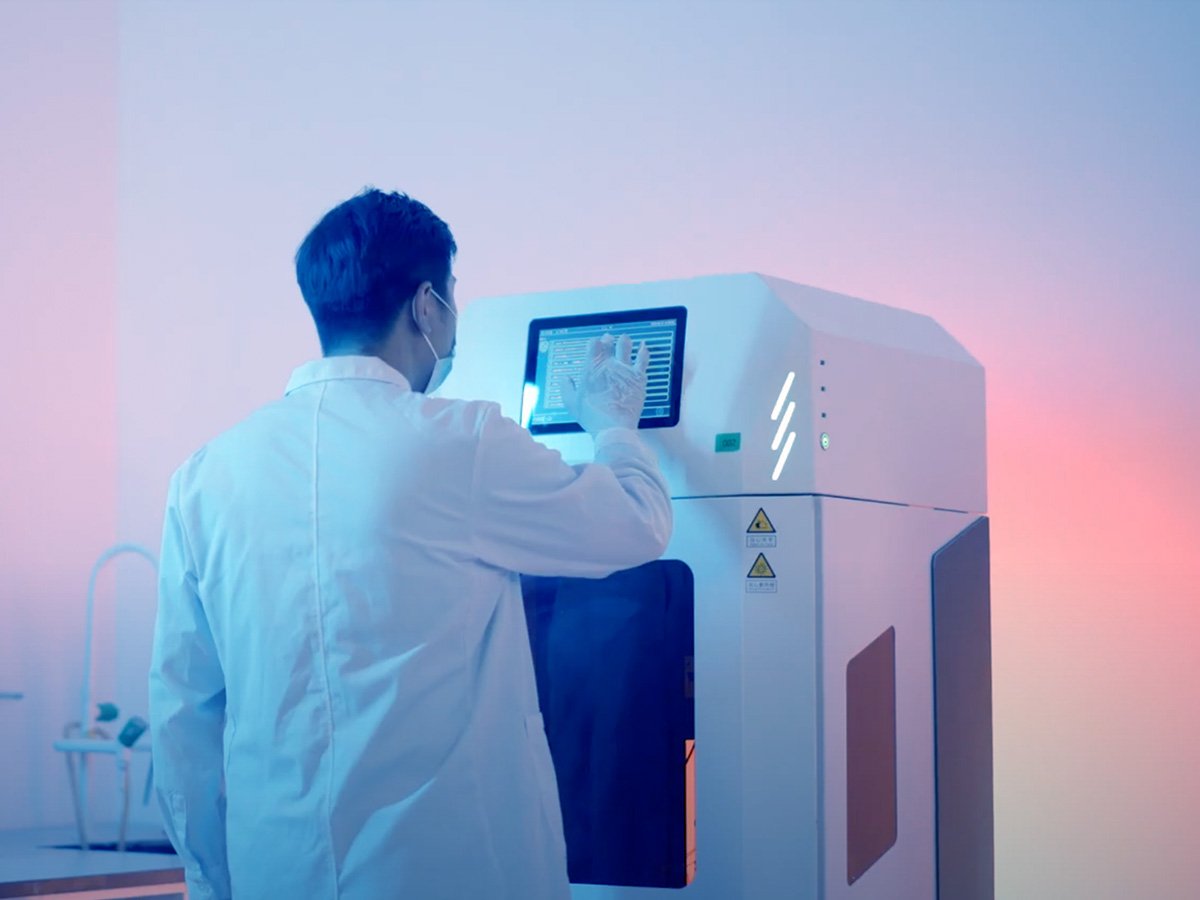It’s very challenging to make an impression for dental implants without messing up. Using traditional methods in making dental implants takes time and involves many steps. First, dentists take molds using messy materials. These molds can break or lose shape.
A small mistake during this process can lead to big problems. However, dentists use new dental implant technology to avoid these issues. The modern dental implant techniques help dentists plan and place the implant with more care.
In this article, we provide you with a dental overview of new dental implant technology, its benefits, applications, and top suppliers. So, keep reading to explore more!
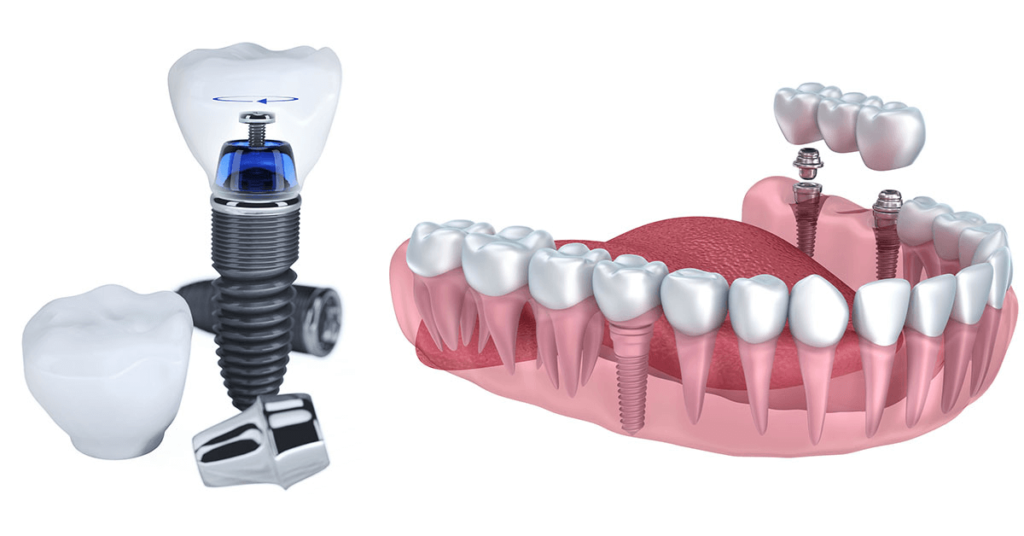
What is the Latest Technology in Dental Implants?
In digital implants, dentists use tools of modern dental implant techniques to make implants more accurate. It includes many smart devices and systems that work together. These tools help dentists and labs plan and design the model with great precision. Below are the main parts of this technology.
1) Digital Imaging and CBCT (Cone Beam Scans)
CBCT means cone beam computed tomography. It is an integral part of new dental implant technology. It gives a full 3D image of the mouth, teeth, and bone. Dentists can see the height, width, and depth of bone before placing the implant. This helps avoid nerves and other risks. The scan is fast and safe and uses less radiation than old machines.
2) Intraoral Scanners for Impressions
Intraoral scanners are the core equipment for making dental implants. Scanners are mostly used to take digital impressions of the mouth. The scanner takes pictures inside the patient’s mouth in seconds. These pictures turn into 3D models.
Dentists can see everything right away. It also helps labs start work fast, with no shipping delays. Aidite intraoral scanner provides high-quality scanning capabilities. You can make implants that fit better without any adjustment issues.
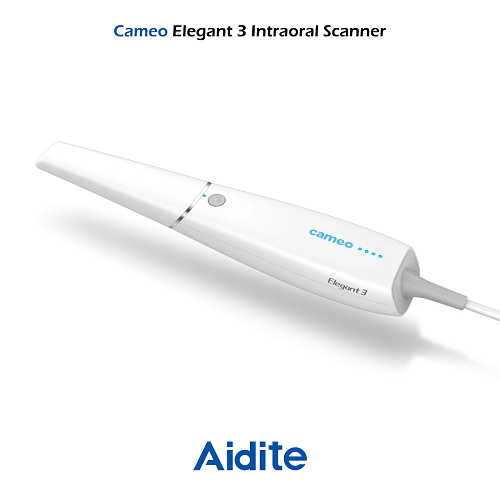
3) CAD/CAM Software and 3D Design Tools
CCAD means computer-aided design. CAM means computer-aided manufacturing. Together, they help design and make crowns, bridges, and implants. Dentists or lab techs use the software to design the perfect fit.
Then, machines follow the design to make it real. This cuts down mistakes and saves time. Aidite’s CAD/CAM milling machines work with their high-quality zirconia and PMMA blocks. They give strong, smooth results every time.
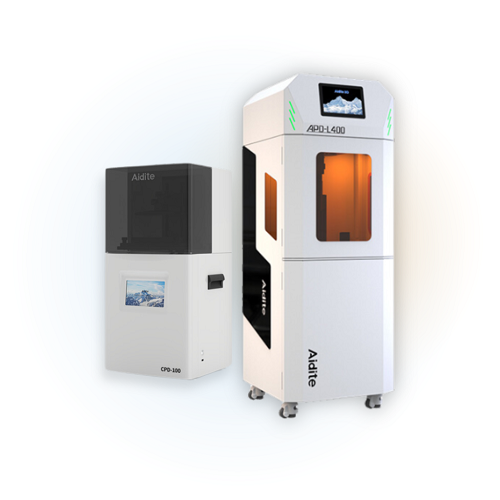
4) Biocompatible and Nano-Coated Materials
The dentist uses material to make dental implants. So, the non-coated material is an integral part of the process of making dental implants. Most of the lab technicians use material that is biocompatible, such as titanium or nano-coated surfaces.
These help the bone grow around the implant faster. They also lower the risk of infection and help the implant last longer. Aidite offers high-grade zirconia that is safe, strong, and looks great. Their blocks are ideal for crowns and bridges on implants. It gives a natural finish and long-term results.

5) Enhanced Osseointegration
This is also a new advancement in which the implant sticks to the bone better and faster. Then add new coatings on implants that help the bone grow around them quickly. These special surfaces make the implant stronger and reduce the time needed for healing. That means you can place the crown sooner, and the implant stays secure for a long time.
6) Mini Dental Implants
The dental lab often uses this technique for patients. The mini implants are smaller than regular ones. They are used when there isn’t much bone available. They are mostly used to support dentures or replace small teeth. The surgery is quick and simple, and healing is faster. Patients often don’t need bone grafts, and many can get their dentures fixed the same day.
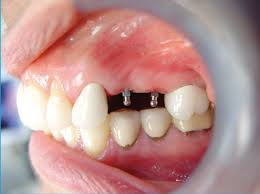
7) Smart Dental Implants
This implant technology has tiny sensors inside. They can track pressure, temperature, or movement around the implant. Dentists use this data to check healing or see if anything is wrong. It helps catch problems early, before the patient even feels them. This leads to safer and smarter treatment.
8) Immediate Loading Implants
This is the latest advancement in which the dentist puts the implant and a temporary tooth in the same visit. In the past, patients had to wait months after getting an implant. But with better planning tools and materials, dentists can now give you a tooth on the same day. You walk out with a smile instead of a gap.
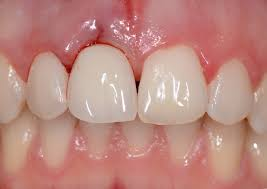
9) Minimally Invasive Techniques
Dentists can now place implants using smaller tools and fewer cuts. With digital imaging and planning, there’s no need to open the gums wide. Instead, a small hole is made to place the implant. This technology reduces the pain, speeds healing, and results in fewer stitches.
10) Antibacterial Coatings
In this dental implant technology, some new implants are coated with materials that fight bacteria. This helps prevent infections after surgery. These coatings are useful for patients with gum disease or weak immune systems. They make healing safer and help the implant last longer.
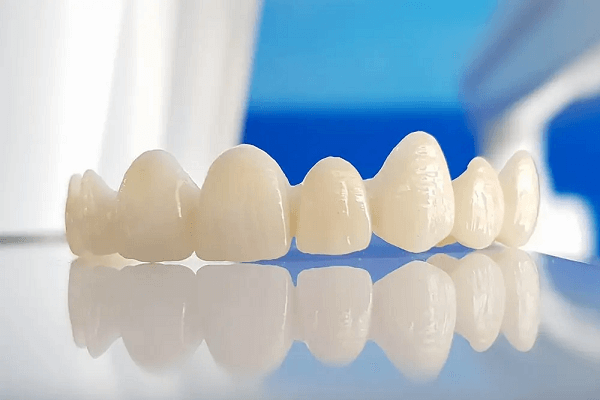
11) All-on-4 and All-on-6 Implants
These are smart ways or processes in dental implants to replace all teeth in one jaw. Instead of using one implant for every tooth, dentists place just 4 or 6 implants to hold a full set of teeth. It’s faster, needs fewer surgeries, and avoids bone grafts. Patients get a full smile back, often on the same day.
Benefits of New Dental Implant Technology
The new dental implant technology provides a lot of benefits for both dentists and patients. It helps make treatment smoother, safer, and faster. Digital tools give more control at every step. Below are the top benefits of new dental implant technology.
– Less Invasive Procedures
Using innovative dental implants technology and tools, you can plan and make a surgical guide. This means no guessing. With guided surgery, dentists can use smaller cuts and fewer tools. There’s less bleeding, swelling, and pain. Patients feel more at ease, and healing is better. It also lowers the risk of damage to nerves or nearby teeth.
– Better Fit and Aesthetics
By using a 3D scanner and printer, you can scan the patient’s mouth and design the restorations. These restorations are made to match the patient’s mouth exactly. The bite feels right, and the smile looks natural. There is no need for big changes or extra visits. This helps the final result feel strong and look real.
– Faster Recovery Times
When you make a surgical guide for placing implants, the body heals faster. There are fewer stitches and less pain. Patients can return to normal life sooner. Digital tools also lower the chance of infection or swelling. This helps clinics save time and improve results.
– Long-Term Success and Durability
When you plan the implant with a 3D scan, you can easily fit the implants without any errors. This gives it strong support in the bone. The better the fit, the longer it lasts. Using quality materials and smart design also helps prevent wear and failure. All this adds up to more success over time.
Brands Leading the Way in New Dental Implant Technology
Many brands provide tools and technology that are used in the creation of new digital dental implants. These brands make smart products that save time and improve care. Let’s look at three trusted names in digital implant dentistry and their tools.
– Aidite
Aidite is the most reliable and trusted brand in dental labs and clinics. They focus on digital solutions that help dentists and technicians work smarter. Aidite is known for quality materials, smooth workflows, and user-friendly tools. Their products are trusted by clinics all over the world.
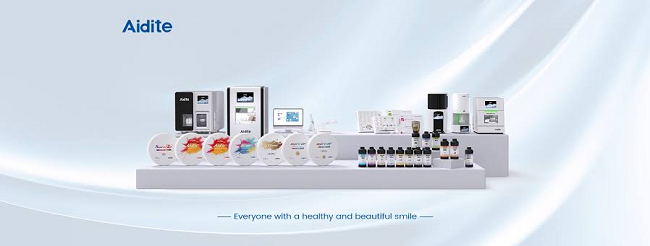
The main tools they offer the dentist to make dental implants are
- 3D Intraoral Scanner: Aidite’s scanner captures high-resolution images in seconds. It creates precise 3D models that speed up treatment and reduce errors.
- CAD/CAM systems or milling machines: Aidite’s milling machines are easy to use and built for both wet and dry milling. They produce smooth, accurate restorations with strong materials like zirconia.
- Zirconia material: Aidite’s zirconia blocks are biocompatible, durable, and offer a natural tooth-like look. They are ideal for long-lasting crowns, bridges, and implant restorations.
All their tools and materials are cost-effective and durable. It helps dentists take quick, clean 3D images without messy molds. It gives sharp, full-mouth scans in minutes. These tools help finish implant cases with high accuracy.
– Nobel Biocare
Nobel Biocare is one of the oldest and best-known names in implant dentistry. They lead in research, education, and innovation. Many top dentists trust their systems for safe and long-lasting implants. They provide dental material and a scanner to create custom-fit implants. They focus on full digital workflows that cover scanning, planning, and placing implants.
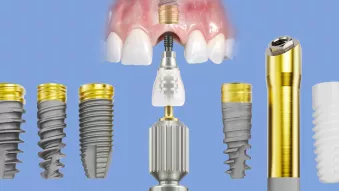
– Neodent
Neodent also provides cost-effective dental tools and equipment. They focus on making tools that design implant care to be simple and affordable. The brand offers scanners and CAD-CAM machines that are easy to use and work well in busy clinics. Many dentists choose Neodent for fast healing and good long-term results.
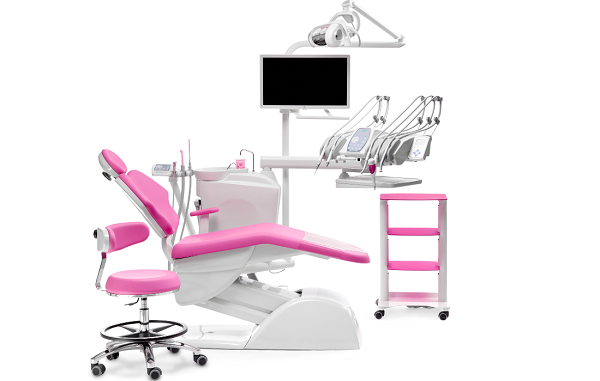
FAQs
What are the latest advancements in dental implants?
Dental implants are now better with new tools and materials. 3D scans and guided surgery help place implants in the right spot. 3D printing makes custom parts that fit well. Dentists can now give better care with less pain and fewer steps.
What is the newest implant?
The newest implant is the Motiva dental implant. It matches the exact shape of a tooth’s root. This implant heals fast and looks good. It avoids metal and is gentle on gums. It’s a simple, strong choice for many patients.
Is there a 5-year implant?
Yes, many dental implants last 5 years or more. A 5-year implant means it stays strong and works well for at least five years. If the patient takes care of it, it can last much longer. With good care, most implants stay healthy well beyond five years.
Final Thoughts
To sum up, new dental implant technology is helping clinics do better work in less time. It makes planning and placing implants easier, faster, and safer. With tools like 3D scans, digital designs, and smart guides, dentists can give more accurate care. Patients feel less pain and get better smiles.
A big part of this change is 3D printing. So, how does 3D printing improve dental implants? It helps by making surgical guides, models, and even custom parts quickly. This means better fits, faster work, and fewer errors.
Dentists can print what they need in the clinic or send it to the lab with no delays. Many dental clinics are now starting to use this new technology. They are moving from old ways to full digital setups.

